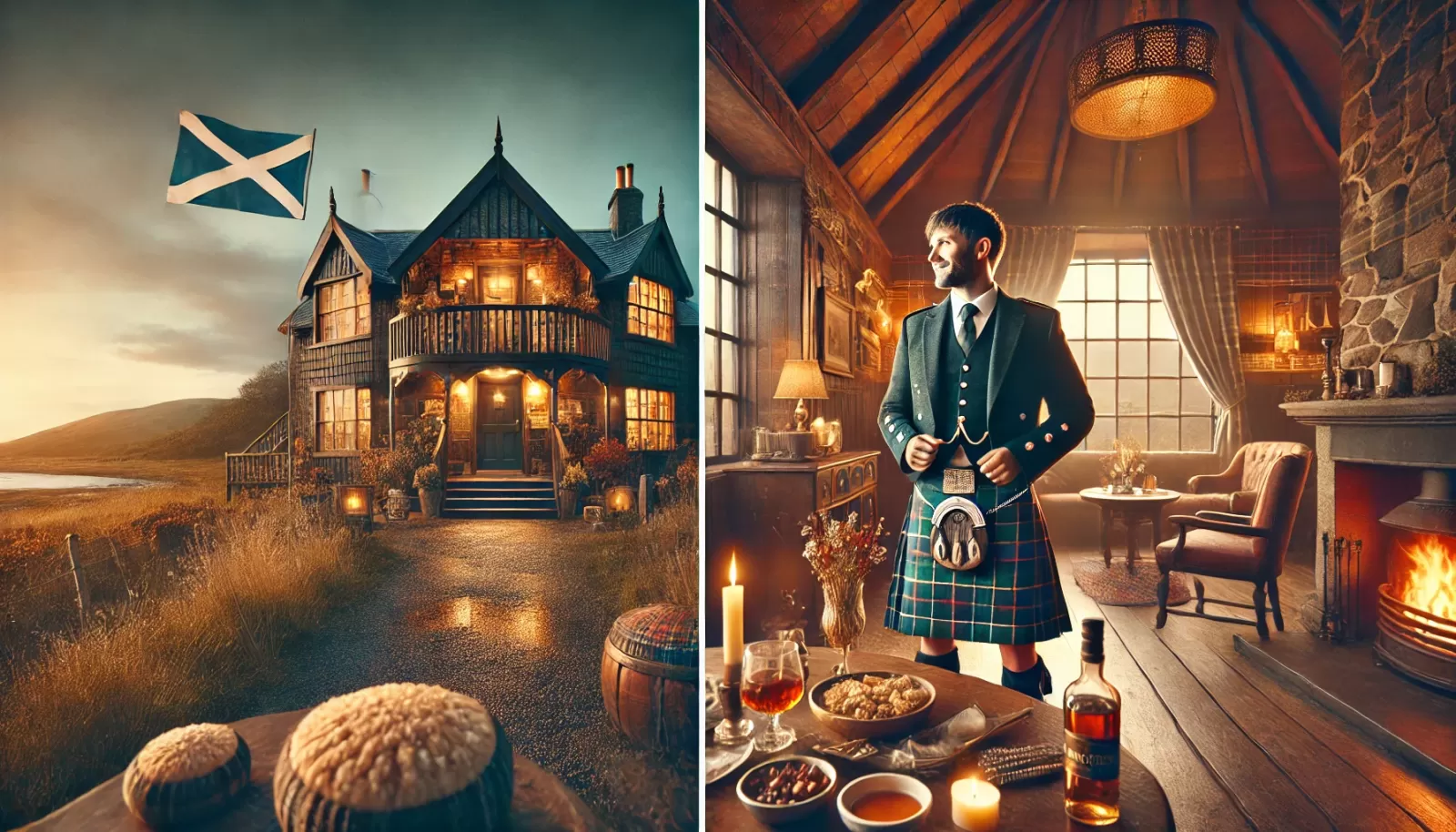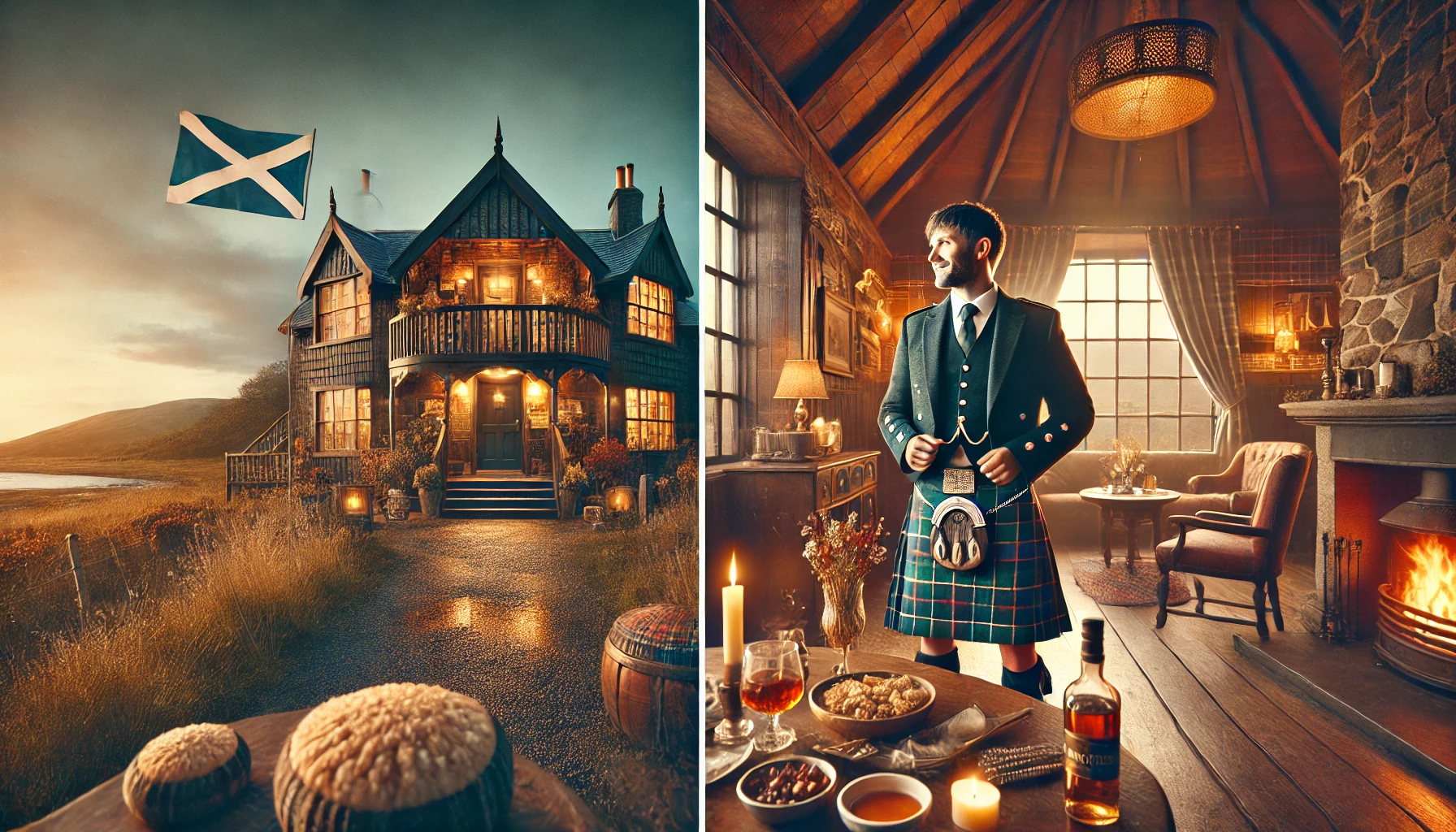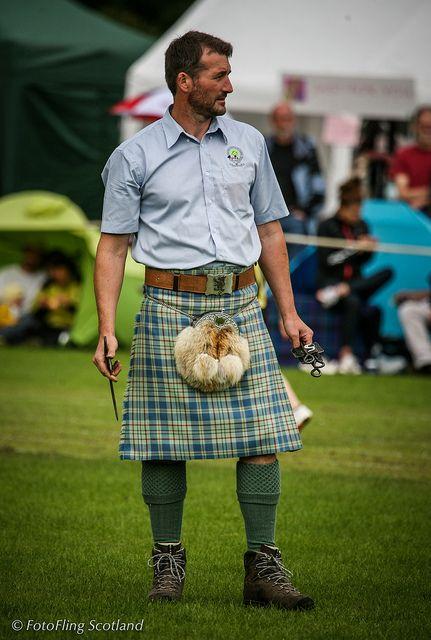Notifications
8 minutes, 44 seconds
-645 Views 0 Comments 0 Likes 0 Reviews


The kilt is more than just a symbol of Scottish identity—it is deeply connected to the values of Highland hospitality, community, and tradition. For centuries, the Scottish Highlands have been known for their warm welcome, generosity, and respect for guests, and kilts have played a key role in these customs and cultural interactions.
From clan gatherings to formal Highland banquets, kilts symbolize honor, respect, and social unity, making them an integral part of Highland hospitality traditions.
In this guide, we’ll explore how kilts became intertwined with Highland hospitality, their significance in traditional customs, and how they continue to represent Scottish generosity and culture today.
✔ "Ceud Mìle Fàilte" (A Hundred Thousand Welcomes) – This Gaelic phrase embodies the warm, welcoming nature of the Scottish Highlands.
✔ Guests were treated with the utmost respect, regardless of social status.
✔ Hospitality included food, drink, shelter, and entertainment, often accompanied by traditional Highland dress and customs.
✔ Kilts were worn at gatherings, feasts, and events, reflecting pride, honor, and respect.
✔ Example: In old Highland society, even rival clansmen or strangers would be welcomed and protected once inside a host’s home.
✔ Fun Fact: Hospitality was so important in the Highlands that turning away a guest was considered dishonorable.
✔ Highland hosts often wore their best kilts and tartans when receiving guests.
✔ The choice of tartan signified family pride and status, reinforcing the host’s commitment to hospitality.
✔ It was common for a guest to be offered a kilt or plaid as a sign of respect and inclusion.
✔ Example: Clan chiefs would wear formal Highland attire when hosting banquets or diplomatic meetings.
✔ Tip: Even today, when attending a Highland gathering or formal dinner, wearing a kilt is a sign of respect for the occasion and its hosts.
✔ Traditional Highland ceilidhs (social gatherings) featured music, dancing, storytelling, and feasting—all while wearing kilts.
✔ The kilt allowed for freedom of movement during dances, especially at social events like the Highland Reel or the Sword Dance.
✔ At Highland banquets, guests were expected to wear their finest kilts to honor the host and the gathering.
✔ Example: At a clan chief’s feast, every guest would wear their clan tartan or a formal kilt as a mark of respect.
✔ Tip: If invited to a formal Highland dinner or ceilidh, wearing a kilt enhances the experience and connects you to tradition.
✔ Hosts sometimes gifted kilts or tartan cloth to honored guests as a symbol of goodwill and friendship.
✔ Being offered a host’s tartan was considered a great honor, signifying acceptance into the Highland community.
✔ Clan tartans were often exchanged between allies or guests as a sign of unity and trust.
✔ Example: A visitor to a Highland home might receive a small piece of tartan as a token of welcome and friendship.
✔ Fun Fact: This tradition continues today, with many Scottish wedding traditions involving the exchange of tartans to unite families.
✔ The Highland bard (storyteller) or piper would often wear a clan kilt while performing at feasts.
✔ Wearing a kilt while telling Scottish folk tales or clan histories reinforced the connection between identity, heritage, and community.
✔ Many Scottish folktales and legends emphasize the role of hospitality and kilts in bringing people together.
✔ Example: The famous tale of Robert the Bruce and the Spider was retold at many Highland feasts, with the storyteller often dressed in a traditional kilt.
✔ Tip: If you’re attending a Scottish festival or cultural event, wearing a kilt connects you to the storytelling tradition.
Even today, kilts remain a powerful symbol of Scottish hospitality, especially in:
✔ Scottish weddings & formal events – Kilts are worn by the groom, guests, and even hotel staff to create a welcoming and traditional atmosphere.
✔ Highland hotels & restaurants – Many establishments have staff in kilts as part of their uniform, representing Scottish hospitality and heritage.
✔ Whisky distillery tours – Tour guides often wear kilts as a sign of pride and tradition, making visitors feel part of the Scottish experience.
✔ Tourism & festivals – Whether at the Edinburgh Tattoo, Highland Games, or a Burns Night Supper, kilts are worn to honor tradition and welcome visitors.
✔ Example: Many luxury Scottish hotels and castle resorts have staff wearing kilts, reinforcing the warmth of Highland hospitality.
✔ Tip: If you’re visiting Scotland, wearing a kilt can enhance your experience and show respect for Scottish culture.
✔ As Scottish culture continues to be celebrated worldwide, kilts remain a staple of formal Highland hospitality.
✔ Many Scots and Celtic enthusiasts wear kilts at events to honor tradition and welcome guests.
✔ The rise of modern utility kilts and hybrid kilts has made Highland dress more accessible to new generations and global audiences.
✔ Quote: “A kilt is not just a garment—it’s a symbol of Highland hospitality, respect, and community.”
From ancient feasts to modern formal events, kilts have always played a vital role in Scottish hospitality. Whether worn at banquets, ceilidhs, or special occasions, kilts symbolize respect, tradition, and a warm Highland welcome.
✔ A sign of respect when hosting guests.
✔ An essential part of formal feasts and ceilidhs.
✔ A symbol of inclusion when offering tartan gifts.
✔ A key element in modern Scottish hospitality & tourism.
So, whether you’re hosting a Highland gathering, attending a ceilidh, or visiting Scotland, wearing a kilt is one of the best ways to embrace the warmth and generosity of Highland hospitality.
✔ Lochcarron of Scotland – Traditional tartan kilts & clan accessories.
✔ MacGregor & MacDuff – Custom Scottish kilts for formal events.
✔ House of Tartan – Modern & classic Highland kilts.
✔ Heritage of Scotland – Affordable kilts for gatherings & celebrations.
✔ USA Kilts – High-quality Scottish & Irish kilts for international wearers.
✔ Tip: If attending a Scottish hospitality event, wearing a kilt enhances the experience and shows cultural appreciation!
kilts and Highland hospitality Scottish hospitality traditions kilts in Scottish culture Highland dress etiquette kilt symbolism wearing a kilt to a ceilidh Scottish kilts in formal events Highland gatherings and kilts tartan and hospitality

